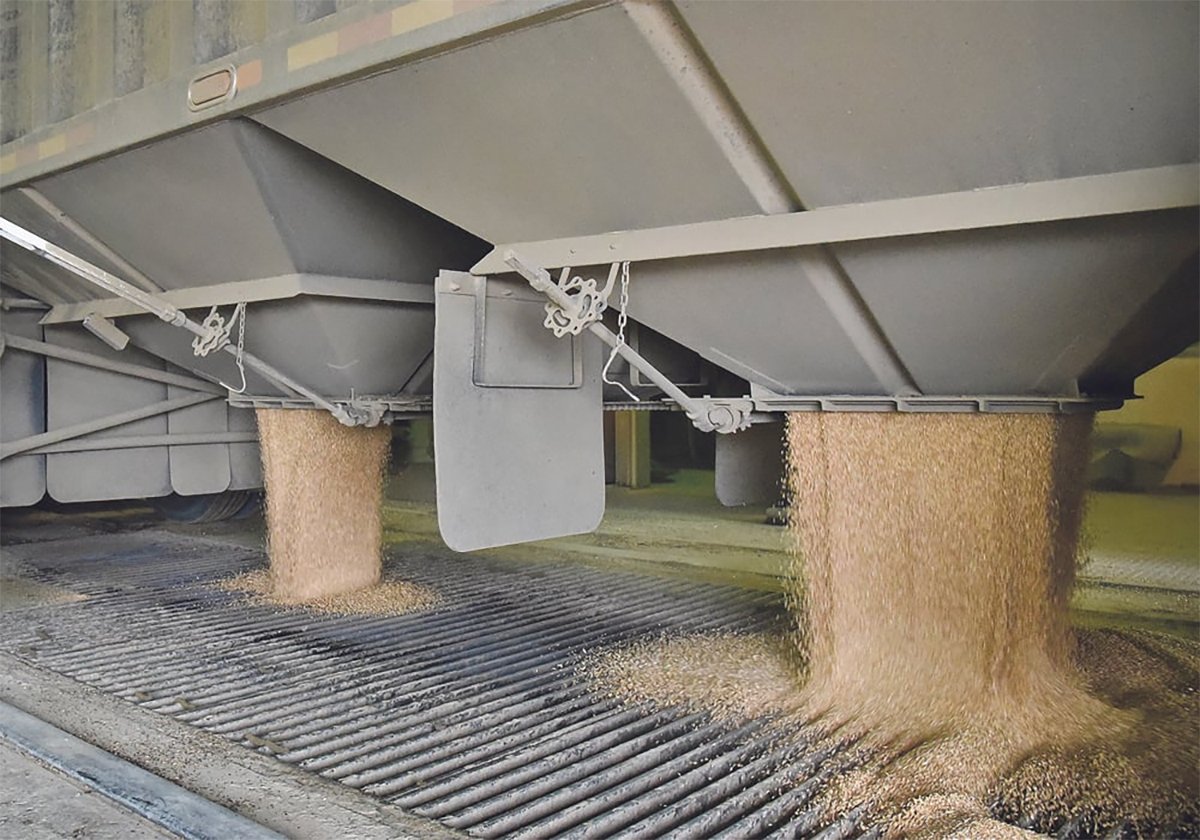I almost spat out my coffee yesterday when I saw Gary Condit on TV again. Actually, I did spit out my coffee when he came on my TV at home, but it was because my 19-month-old ran up and headbutted me in the midsection at that moment, rather than because of the shock of his appearence. But it was still startling, like the reminder of a different era.
Gary Condit, some of you may dimly recall, was the U.S. congressman accused – with zero evidence – of killing a female assistant of his who disappeared in Washington in 2001. He had nothing to do with it, but in the late summer of 2001, with nothing else to chuck into the news hopper, the 24-hour-a-day U.S. media machine went all-Gary, all the time. Totally dominated the news. Then, after weeks of saturation coverage, the September 11 terrorist strikes struck, and everyone forgot about hapless, pathetic Gary and began to care about things that matter. He’s back in the news now – nine years later – because the guy who likely killed his assistant is on trial.
Read Also

Worrisome drop in grain prices
Prices had been softening for most of the previous month, but heading into the Labour Day long weekend, the price drops were startling.
But that bizarro event has always struck me as a great example of the madness of crowds, of how a lynch mob mentality takes over and sweeps all before it. I imagine it’s what a revolution feels like.
Actually, there’s a populist revolution going on right now in the U S of A, with these Tea Party types launching Jihad against Barack Obama. It’s odd, really, because Obama seems to me a rather mediocre, run-of-the-mill president who’s an ideological middle-of-the-roader, and if anything slightly right of centre in terms of government interventionism. But the Tea Partiers have him caricatured as some sort of closet commie and a likely agent of George III and traitor of the American Revolution. (When I was a kid, most of the dimwitted, ignorant populism was on the political left. Now it’s migrated to the political right. Well, I guess it’s their turn.)
Ahhhhh. The madness of crowds. Seems to me that there’s one of those mass madnesses going on in Saskatchewan too, with the race to the barricades to defend Potash Corporation of Saskatchewan. Apparently it’s all ducky when Sask Pool – oops, I mean Viterra – goes over to Australia to buy their companies, but not good when the Aussies come back and plough their money into the prairies. And rather odd that the same political folks who privatized Potash Corp now don’t like it when others treat it like a publicly-traded company. The conservatives privatized it. The NDP didn’t re-nationalize it. But it must be kept sort-of Canadian at all costs! On this the left and right seem to agree.
Here to me is the Big Point about the uproar over Potash Corp, in terms of what it means to agricultural markets: Potash is sexy again, and a big story, and something people are desperate to protect. That’s pretty weird, if you think about it. Potash is a salty rock whose potassium-rich nature makes it a good, cheap, bulk fertilizer. It isn’t Google. It isn’t a high-tech manufacturing company. It isn’t Bombardier. It isn’t Research In Motion. Potash Corp runs mines in which big machines scoop out potassium and ship it out of Saskatchewan – mostly unprocessed – to foreign customers. And the mines ain’t going anywhere. Those potash mines can’t be loaded up and hauled off to Evil Australia.
This is, methinks, typical of the mood of a sustained commodity bull market. In the late ’90s we went all crazy about dotcom companies and infotech (and Gary Condit). Now we’re going crazy about potash and gold and corn. (And Snooki.) Commodities are sexy again, and it’s not because they’re any different than they ever were. It’s because they are now worth much more money, and that is a powerful aphrodisiac for everyone.
This, for farmers, is a good mood for the world to be in, because we want everyone around the world to pay big bucks for the crops and meat produced on the prairies. And it’s the mood that drives prices higher. Most commodities are quite adequately supplied right now, but a hint of a shortage, a sense that paper currencies aren’t keeping their value, a hope that commodities can provide the gains the stock market won’t, is letting prices float at levels well above what mere supply and demand fundamentals would support.
This is good, for as long as it lasts. And there’s good reason to hope that this overall commodity complex strength can carry on for a few more years, which would certainly help farmers. But no one should think it will last forever, And no one should assume they will know when to jump off the train and lock in their prices. Moods can shift suddenly, and farmers need to protect themselves – always – against the downside.
Just look at what’s happened with hog prices in the last month. A big slump in hog futures combined with rising corn prices is killing margins again. How many protected themselves against this squeeze?
Crop prices have been going the opposite way, but who knows for how long? That’s true in both the short-term, with this coming winter market, and in the long-term, with the overall commodity complex bull market. Don’t get caught then things turn around, methinks. When things are going well we tend to get cocky.
When moods shift they can shift fast. Go ask Gary Condit about that.















